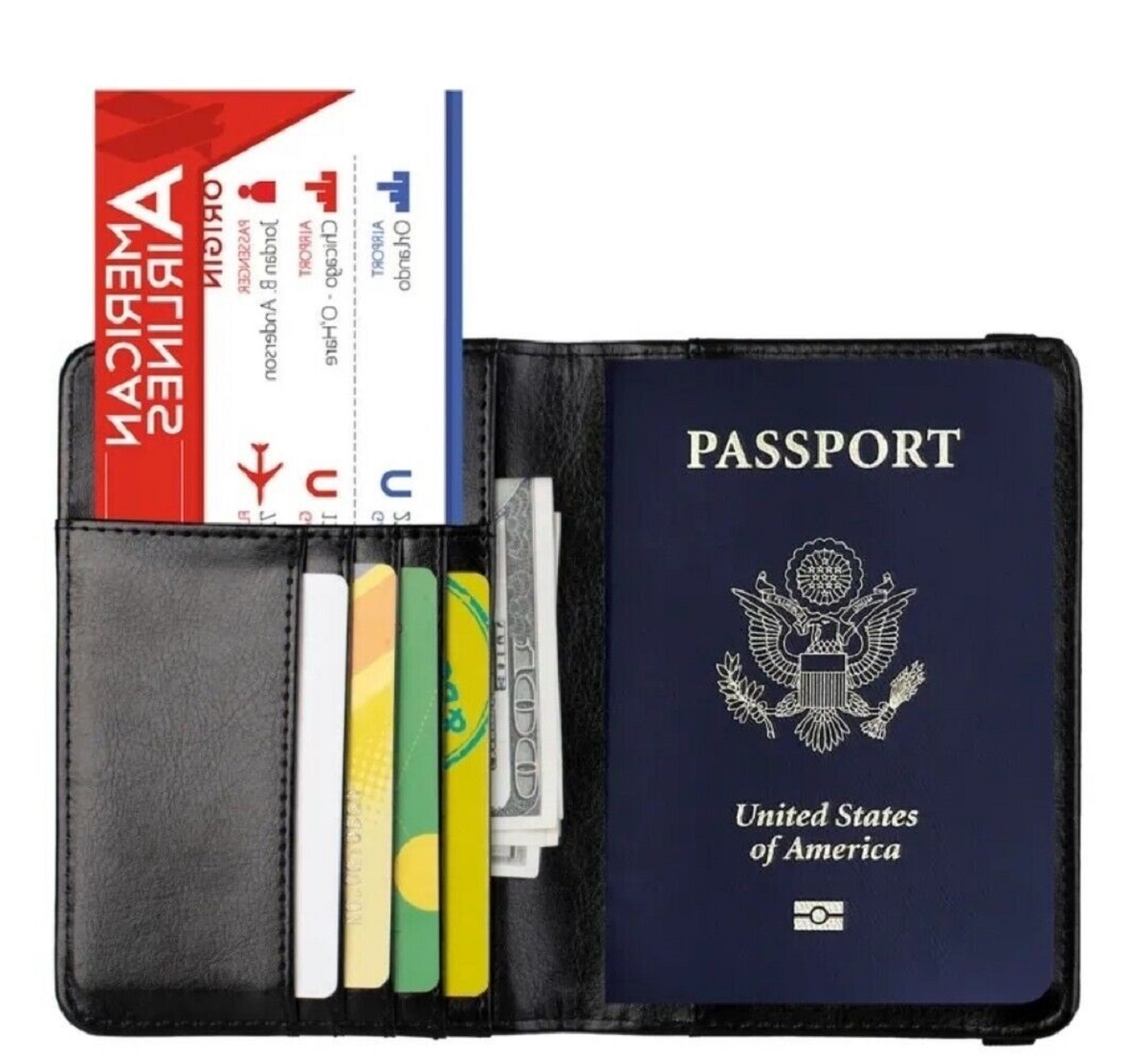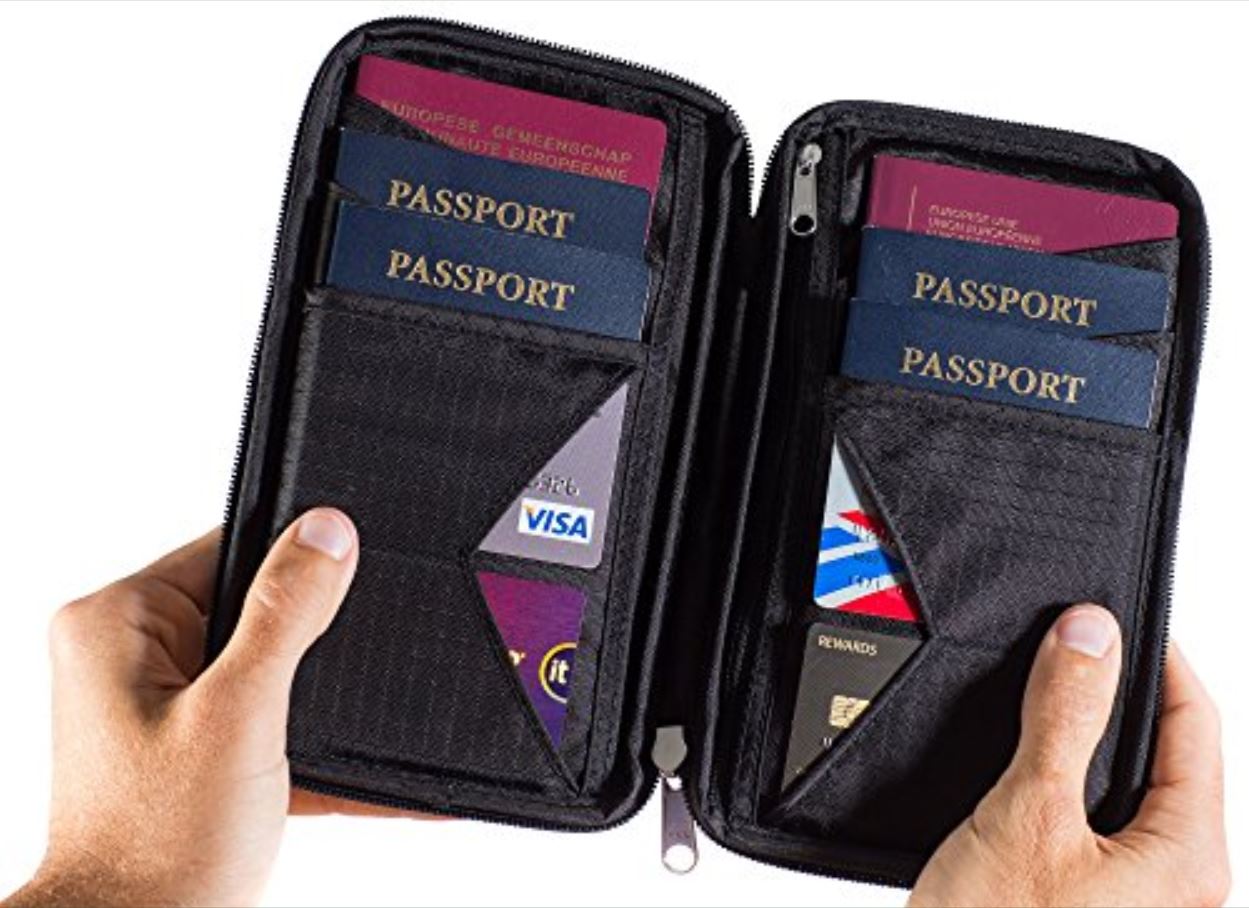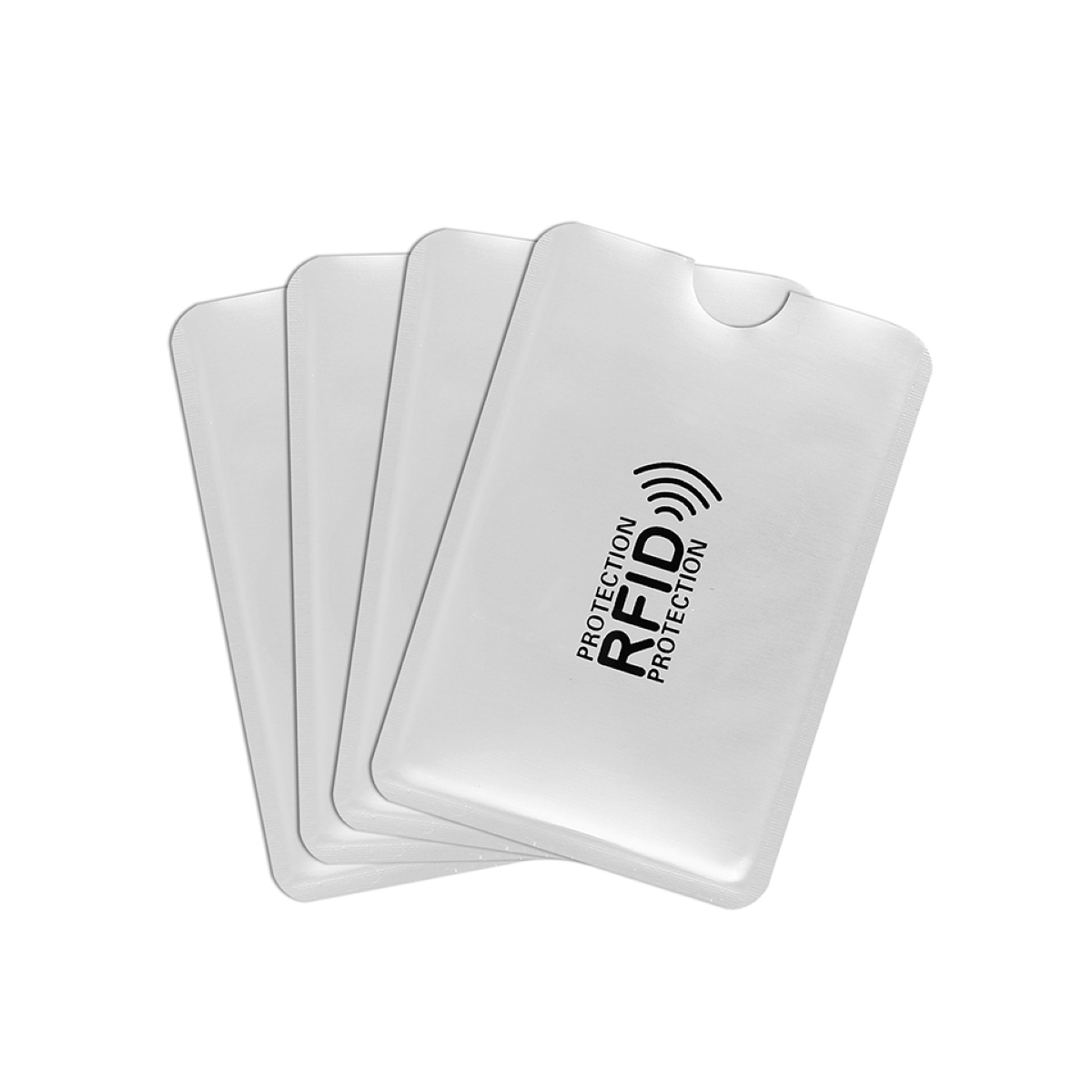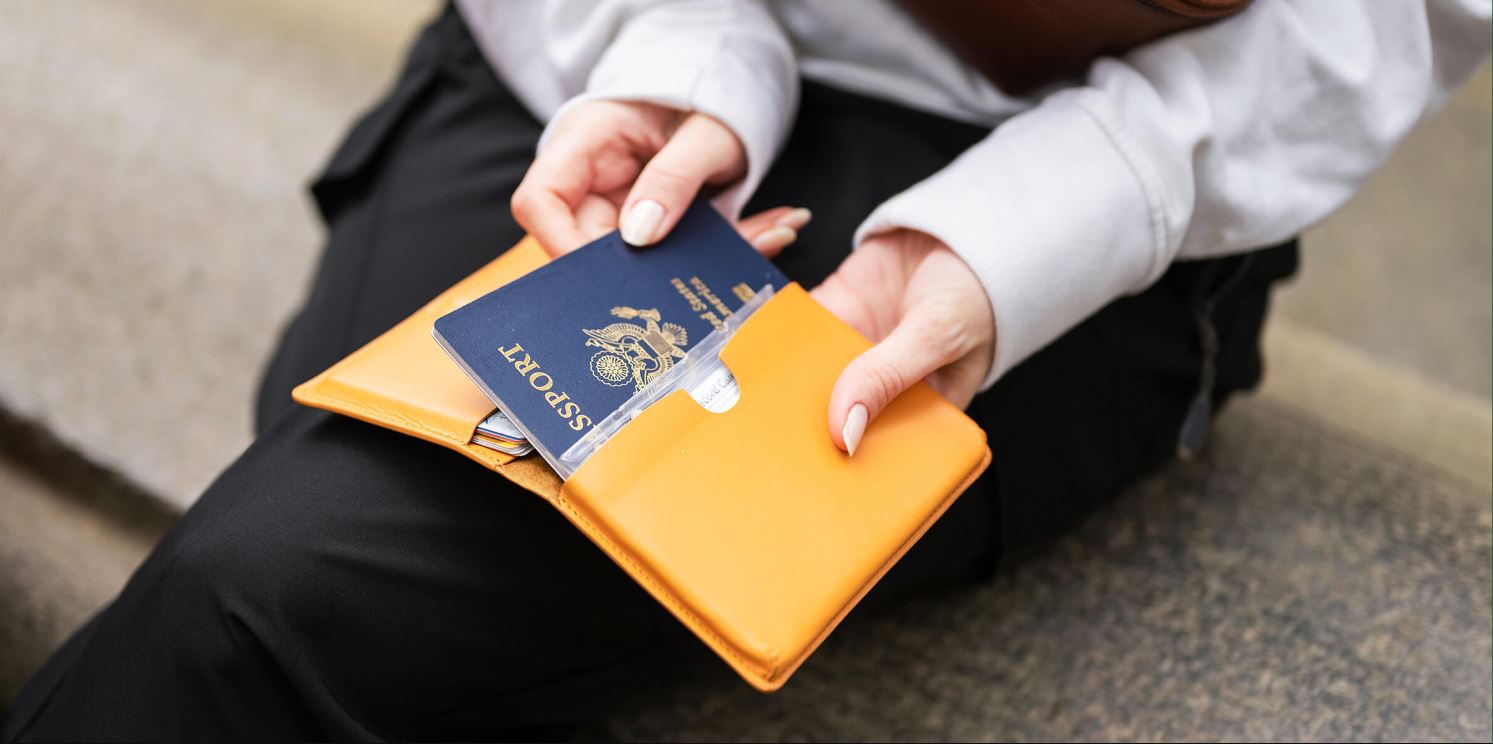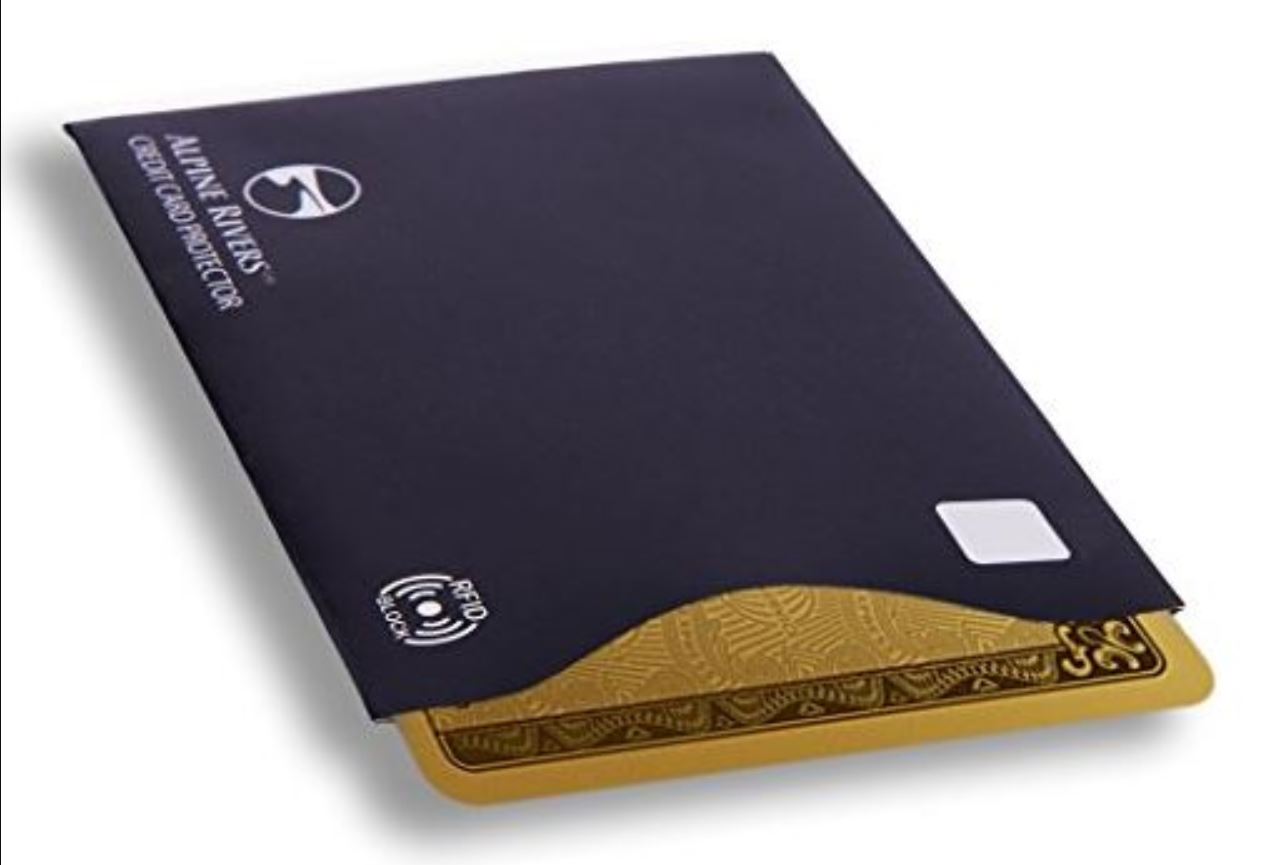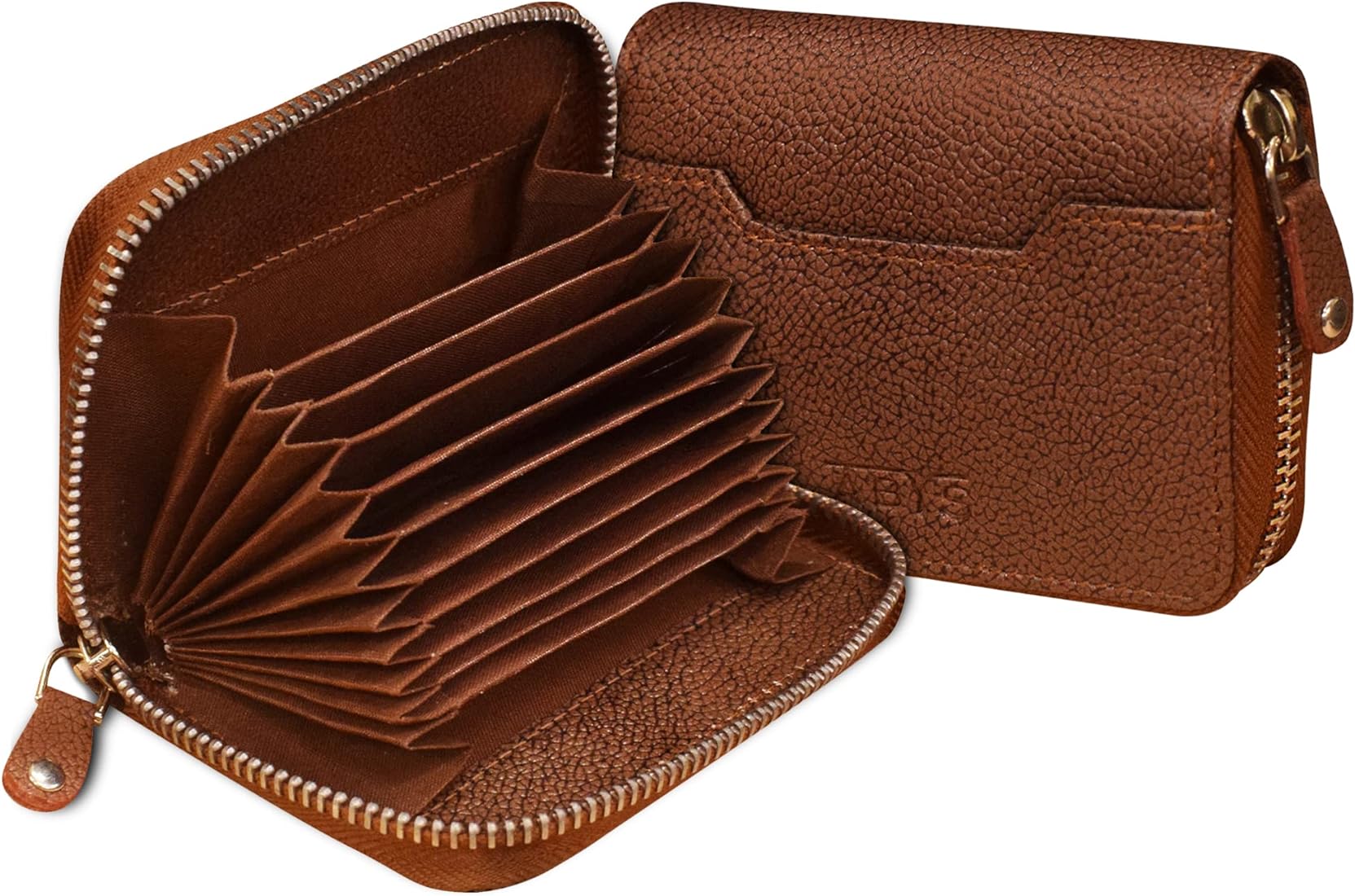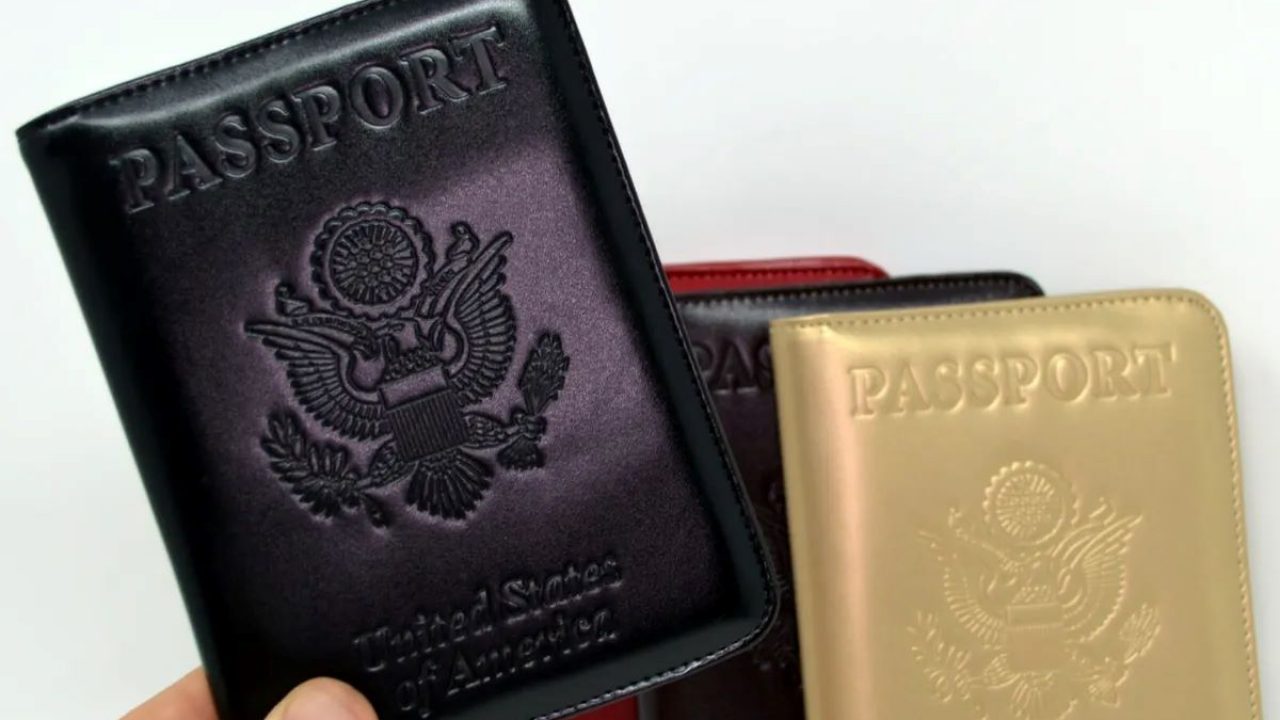Introduction
Welcome to the world of advanced passport technology! In an effort to enhance security and streamline international travel, many countries, including the United States, have incorporated RFID (Radio Frequency Identification) chips into their passports. These small, electronic devices have revolutionized the way passports function, allowing for quicker and more efficient processing at border control checkpoints.
RFID technology has gained significant traction in recent years due to its ability to store and transmit data wirelessly. In the case of passports, an RFID chip is embedded within the document, providing a convenient and secure way to store personal information.
In this article, we will delve into the details of RFID chips in US passports, exploring their purpose, placement, functionality, and the potential security concerns associated with their use. We will also highlight the benefits of utilizing RFID technology in passports, both for travelers and immigration authorities.
So, if you’ve ever wondered about the whereabouts of the RFID chip in your US passport or wanted to learn more about this cutting-edge technology, you’ve come to the right place! Let’s embark on a journey to unravel the mysteries behind the RFID chip in US passports.
What is an RFID chip?
An RFID (Radio Frequency Identification) chip is a small electronic device that utilizes radio waves to transmit and receive data wirelessly. It consists of an integrated circuit and an antenna, packaged together in a compact form. The chip is capable of storing and transmitting a unique identifier, which can be read by an RFID reader using radio frequency signals.
RFID technology has become increasingly prevalent in various industries, including transportation, inventory management, and identification systems. In the context of passports, an RFID chip is embedded within the document to provide a secure and efficient means of storing personal information.
The RFID chip in a US passport adheres to international standards set by the International Civil Aviation Organization (ICAO). These standards ensure compatibility and interoperability between different countries’ passports, facilitating seamless travel across borders.
It’s important to note that the information stored on the RFID chip is limited to personal and biometric data, such as the passport holder’s name, date of birth, passport number, and a digital photograph. This information is already present on the physical pages of the passport, but the RFID chip allows for quick and automated access to this data, improving the efficiency of the passport inspection process.
Furthermore, the data stored on the RFID chip is encrypted to protect it from unauthorized access. This ensures that only authorized parties, such as immigration officers and border control personnel, can read the information contained within the chip.
Overall, the RFID chip is an innovative technology that enhances the functionality and security of passports. It allows for faster and more accurate identity verification, making international travel a smoother experience for passport holders.
Purpose of the RFID chip in a US passport
The primary purpose of the RFID chip in a US passport is to enhance border security and facilitate efficient passport processing. By incorporating RFID technology, the US government aims to streamline the immigration process while maintaining the highest standards of security.
One of the main purposes of the RFID chip is to enable quick and automated verification of the passport holder’s identity. The chip contains personal and biometric information, such as the individual’s name, date of birth, passport number, and a digital photograph. This data can be accessed by immigration officers using RFID readers, allowing for seamless verification of the traveler’s identity. This eliminates the need for manual inspection, reduces processing time, and helps prevent identity fraud and travel document forgery.
Another purpose of the RFID chip is to support the implementation of automated border control systems, such as ePassport gates. These self-service kiosks use RFID technology to verify the authenticity of the passport and the identity of the traveler. This automated process expedites the passport control process, especially for frequent travelers and those without any immigration concerns, resulting in shorter queues and reduced waiting times.
Furthermore, the RFID chip enables the exchange of information between different countries’ immigration databases. This can enhance security by allowing immigration authorities to quickly determine if a passport has been reported lost or stolen, or if the traveler is subject to any immigration restrictions or alerts. This real-time data sharing improves the ability to detect and prevent illegal activities, such as human trafficking and terrorism.
Overall, the purpose of the RFID chip in a US passport is to strengthen border security, improve the efficiency of passport processing, and provide a more convenient travel experience for passport holders. By utilizing this advanced technology, the US government aims to strike the right balance between security and traveler convenience.
Placement of the RFID chip in a US passport
The RFID chip in a US passport is strategically placed within the cover of the document to ensure easy access and effective communication with RFID readers. The specific placement follows international standards set by the International Civil Aviation Organization (ICAO) and is consistent across all US passports.
In most US passports, the RFID chip is located on the information page, which is typically the second page of the passport. The information page contains the passport holder’s personal details, including their full name, date of birth, passport number, and a photograph. The RFID chip is embedded within this page, usually at the bottom, in close proximity to the passport holder’s digitized photograph.
The placement of the RFID chip on the information page allows immigration officers and border control personnel to easily locate and access the chip for scanning. When a passport is presented for inspection, the RFID reader sends a signal to the chip, which then transmits the stored information back to the reader. This seamless communication between the chip and the reader enables quick identity verification and enhances the efficiency of the passport control process.
To protect the RFID chip from accidental damage or tampering, it is securely embedded within the passport’s cover. The chip is encased in a protective material to shield it from physical damage and to prevent unauthorized access to the information stored within. Additionally, anti-counterfeiting measures, such as holograms and other security features, are often incorporated into the passport design to further enhance security and deter forgery attempts.
It’s important to note that the placement of the RFID chip is standardized across all US passports, regardless of the passport holder’s age or type of passport. This consistency enables uniformity in the implementation and use of the RFID technology, ensuring compatibility and interoperability with various passport readers and immigration systems worldwide.
In summary, the RFID chip is strategically placed within the information page of a US passport, following international standards. This placement allows for easy and efficient communication between the chip and RFID readers, facilitating quick identity verification at border control checkpoints.
How does the RFID chip work?
The operation of an RFID (Radio Frequency Identification) chip in a US passport involves a seamless interaction between the chip, RFID readers, and the underlying technology behind it. Understanding how the RFID chip works can shed light on the efficiency and effectiveness of this advanced passport technology.
RFID chips utilize radio waves to transmit and receive data wirelessly. They consist of an integrated circuit, which stores the passport holder’s information, and an antenna, which enables communication with RFID readers.
When a passport is brought close to an RFID reader, the reader emits a radio frequency signal that powers the RFID chip. The chip, thanks to its integrated circuit, then sends back a unique identifier along with the stored data, such as the passport holder’s name, date of birth, and passport number. This data is encrypted to protect it from unauthorized access and ensure the security of the information being transmitted.
The RFID reader captures the radio waves emitted by the chip and decodes the data contained within. The reader then forwards the information to the relevant systems for identity verification and validation, aiding the passport control process.
It’s important to note that the communication between the RFID chip and the reader requires proximity, usually within a few centimeters. This helps prevent unintended scanning and ensures privacy when the passport is not intentionally presented for inspection.
In terms of technology, RFID chips in US passports typically comply with the contactless smart card technology called ISO/IEC 14443. This industry standard ensures interoperability with various RFID readers worldwide, thereby facilitating seamless passport processing across different countries.
It’s also worth mentioning that the speed and efficiency of RFID technology contribute to the overall improvement of border control operations. The automated nature of the RFID chip allows for quick and accurate data retrieval, reducing the time required for manual inspections and increasing the throughput at immigration checkpoints.
In summary, the RFID chip in a US passport functions by utilizing radio waves to wirelessly transmit and receive data. The chip communicates with RFID readers, exchanging encrypted information that aids in identity verification and enhances the efficiency of passport processing at border control checkpoints.
Security concerns regarding RFID chips
While RFID (Radio Frequency Identification) technology in passports offers many benefits, it also raises certain security concerns. Understanding these concerns is crucial to ensure proper safeguards are in place to protect the privacy and integrity of personal data stored on the RFID chip in a US passport.
One of the primary security concerns is the potential for unauthorized access to the information stored on the RFID chip. Since RFID technology relies on wireless communication, there is a risk of interception by individuals with malicious intent who possess specialized equipment. This unauthorized access could allow attackers to obtain sensitive personal data, ultimately compromising the passport holder’s identity and privacy.
However, to mitigate this risk, the data on the RFID chip is encrypted and requires specific protocols to access and read the information. Strong encryption algorithms, such as Advanced Encryption Standard (AES), are used to protect the data from being easily deciphered in case of interception. Moreover, the close proximity necessary for communication between the chip and the RFID reader helps limit the likelihood of unauthorized scanning.
Another security concern is the potential for the RFID chip to be cloned or counterfeited. If an attacker successfully duplicates the chip’s contents, they could create a forged passport that appears legitimate, potentially bypassing border control systems. To address this concern, extensive security measures, such as the inclusion of tamper-proof materials, holograms, and other anti-counterfeiting features, are incorporated into passport designs to prevent forgery attempts.
Additionally, measures such as unique digital signatures are employed to ensure the authenticity of passport data and protect against tampering. These measures are designed to detect any unauthorized modifications made to the passport’s electronic data and alert immigration authorities to potential fraud.
It is also important to mention that authorities continually monitor and update the security protocols and technology surrounding RFID chips in passports. This ongoing effort is aimed at staying one step ahead of potential security threats, ensuring the integrity of the data stored on the chips, and maintaining public trust in the passport issuance and control systems.
While the security concerns surrounding RFID chips are valid, the implementation of encryption, anti-counterfeiting measures, and regular security updates aims to mitigate these risks and maintain the integrity of the passport system.
In summary, security concerns regarding RFID chips in US passports mainly center around the risk of unauthorized access to personal data and the potential for cloning or counterfeiting. However, stringent encryption, anti-counterfeiting measures, and ongoing security improvements help address these concerns and protect the integrity and privacy of passport holders.
Benefits of the RFID chip in a US passport
The RFID (Radio Frequency Identification) chip in a US passport offers several significant benefits, enhancing both security and convenience for passport holders. Understanding these advantages is key to appreciating the value that RFID technology brings to modern passport systems.
One of the primary benefits is the improvement in passport processing efficiency. The RFID chip enables quick and automated identity verification at border control checkpoints. Instead of manually inspecting each page of the passport, immigration officers can simply scan the chip using an RFID reader. This streamlined process reduces wait times and helps expedite the passage of travelers through passport control, particularly during peak travel periods.
The use of RFID technology also enhances border security. By storing personal and biometric data on the chip, authorities can quickly and accurately verify the identity of passport holders. This aids in the prevention of identity fraud and passport forgery, increasing the overall security of international travel. The ability to share information between countries’ immigration databases also helps detect individuals with travel restrictions, enhancing the effectiveness of border control measures.
Moreover, the RFID chip allows for the implementation of automated border control systems, such as ePassport gates. These self-service kiosks use RFID technology to validate the authenticity of the passport and verify the traveler’s identity. This convenient and efficient process reduces the need for manual intervention, resulting in shorter queues and a smoother travel experience for eligible passport holders.
Another benefit of the RFID chip is the reduction of document handling and potential damage. With the electronic retrieval of information, there is less need to physically handle and flip through pages, reducing the wear and tear on the passport. This helps prolong the lifespan of the document and ensures that critical personal information remains intact.
Furthermore, the utilization of RFID technology enables interoperability between different countries’ passport systems. This compatibility facilitates smoother travel across borders and promotes international cooperation in enhancing passport security. It also aligns with international standards set by organizations such as the International Civil Aviation Organization (ICAO), ensuring consistency and ease of use for passport holders.
Overall, the RFID chip in a US passport delivers numerous benefits. It enhances passport processing efficiency, strengthens border security, enables automated border control systems, reduces document handling, and promotes international interoperability. These advantages collectively contribute to a more secure and convenient travel experience for passport holders worldwide.
Conclusion
The RFID (Radio Frequency Identification) chip in a US passport represents a significant advancement in passport technology, revolutionizing the way passports are utilized for international travel. By incorporating RFID technology, the US government aims to enhance both security and efficiency in the passport control process.
Throughout this article, we have explored various aspects of the RFID chip in a US passport, including its purpose, placement, functionality, and security concerns. We have seen that the RFID chip serves the primary purpose of streamlining identity verification at border control checkpoints, improving the overall efficiency of the passport processing system.
The placement of the RFID chip within the passport is standardized and optimized for easy access and effective communication with RFID readers. This placement, combined with encryption and anti-counterfeiting measures, ensures the security and integrity of the data stored on the chip.
Understanding how the RFID chip works, we can appreciate its ability to transmit and receive data wirelessly, facilitating quick and accurate identity verification. By utilizing radio waves, the RFID chip helps automate the border control process, reducing wait times and enhancing the travel experience for passport holders.
However, it is crucial to acknowledge the security concerns associated with RFID technology. Unauthorized access, cloning, and counterfeiting are potential risks that need to be addressed and mitigated through encryption, anti-counterfeiting measures, and ongoing security updates.
Despite these concerns, the benefits of the RFID chip in a US passport are undeniable. It improves passport processing efficiency, strengthens border security, enables automated systems, reduces document handling, and promotes international interoperability. These advantages collectively contribute to a more secure, convenient, and streamlined travel experience for passport holders.
In conclusion, the RFID chip in a US passport represents a significant advancement in passport technology, providing both convenience and security. As technology continues to evolve, ongoing efforts to address security concerns and enhance the functionality of RFID chips will pave the way for even more efficient and secure passport systems in the future.









